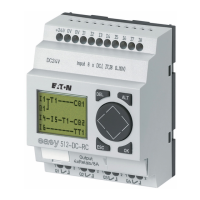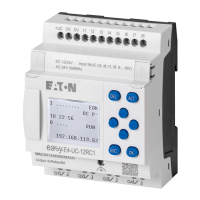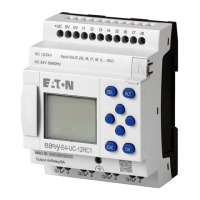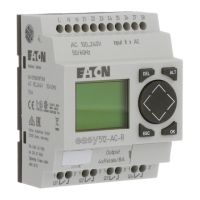11. Connection to other devices
11.4 Modbus TCP
3. If a byte is not used fully, the unused bits will be padded with 0's.
Once the response is encoded, it is sent.
11.4.2.2 Read Discrete Inputs 0x02:
This function reads a specified number of bit inputs starting from a specified starting
address and then returns the result in bytes (8 inputs per byte)
Function Code 1 byte 0x02 ;Read Discrete Inputs
Start address 2 byte Must always be 1 less than the starting input you want
(zero-based)
Number of out-
puts
2 byte 1 to 2000 (0x7D0)
Table 96: Request-PDU
Response to the request being received
1. The starting address is analyzed (distributed among bytes 1 and 2)
a. Byte 1 = Hi; Byte 2 = Lo
2. The number of inputs is analyzed (distributed among bytes 3 and 4)
a. Byte 3 = Hi; Byte 4 = Lo
3. The bit input states are read
a. From the start of the (starting address) to (starting address + number of bit
inputs)
Function Code 1 byte 0x02 ;Read Discrete Inputs
Bye Count 1 byte N
Output values n* 1 Byte value
Table 97: Response-PDU
n= Number of inputs read / 8
Preparation for sending the response
1. The read bits are encoded in bytes
Bit per input state; 1=ON, 0=OFF)
2. The LSB of the first byte, i.e., bit 0, contains the state of the input that is
addressed first in the request. The other inputs follow in ascending order.
3. If a byte is not used fully, the unused bits will be padded with 0's.
Once the response is encoded, it is sent.
11.4.2.3 Read Holding Registers 0x03:
Function 0x03 reads internal registers (e.g., marker words in the easyE4) word by
word.
548
easyE4 11/18 MN050009 EN www.eaton.com
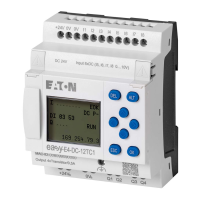
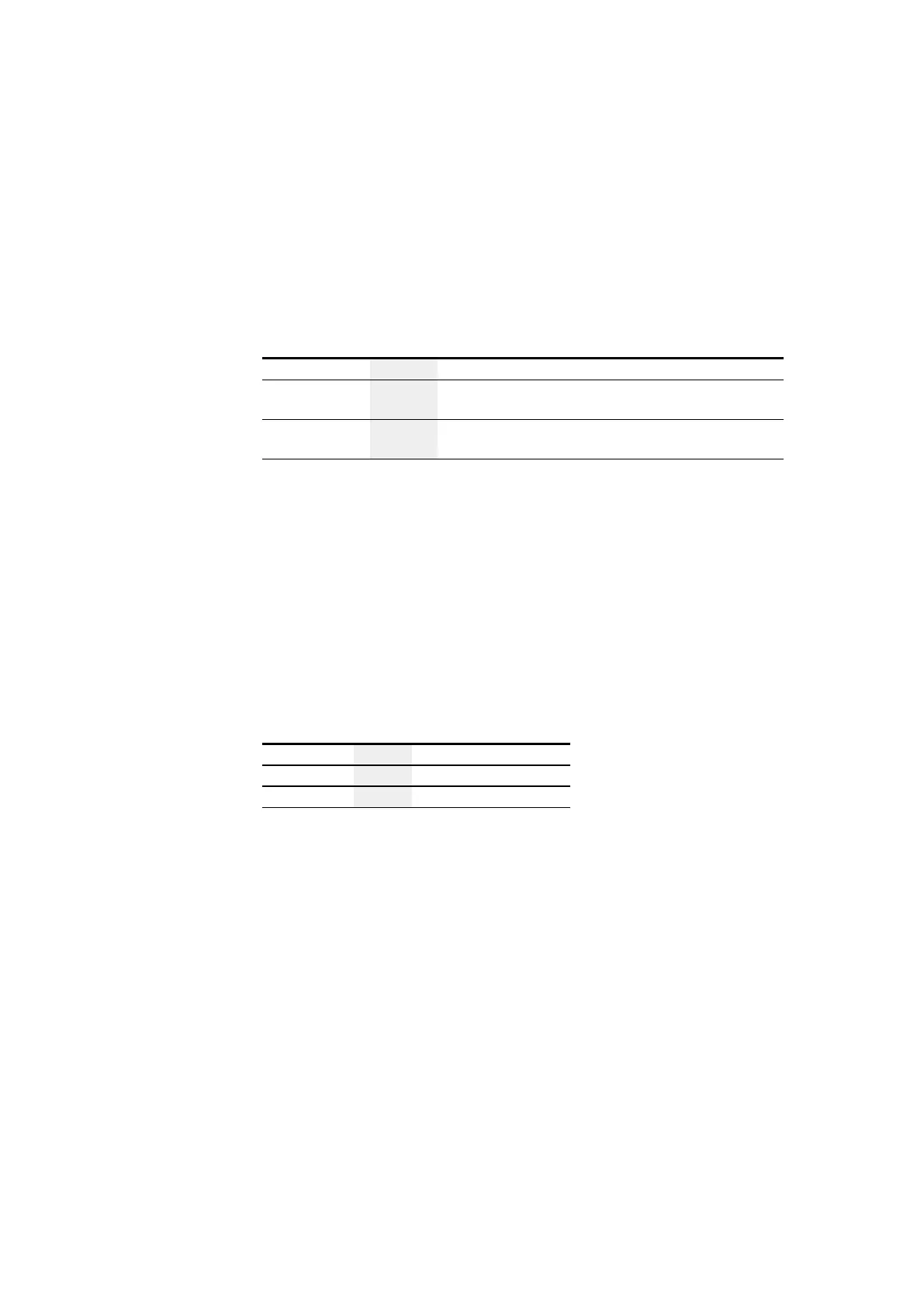